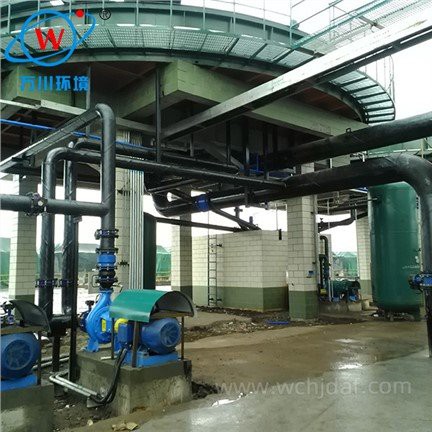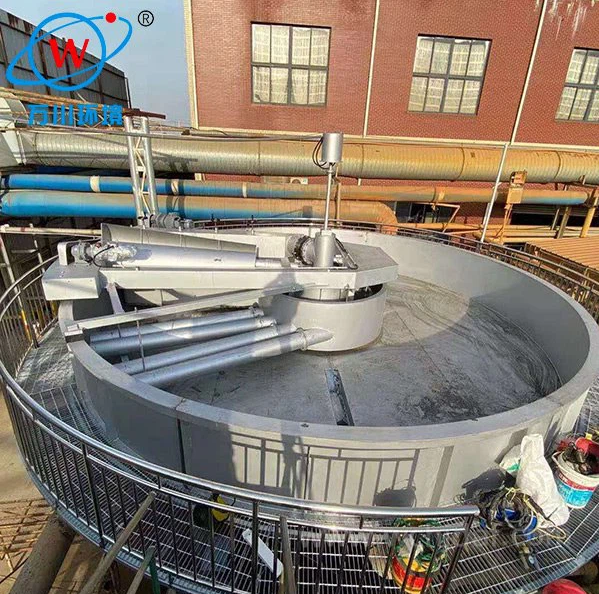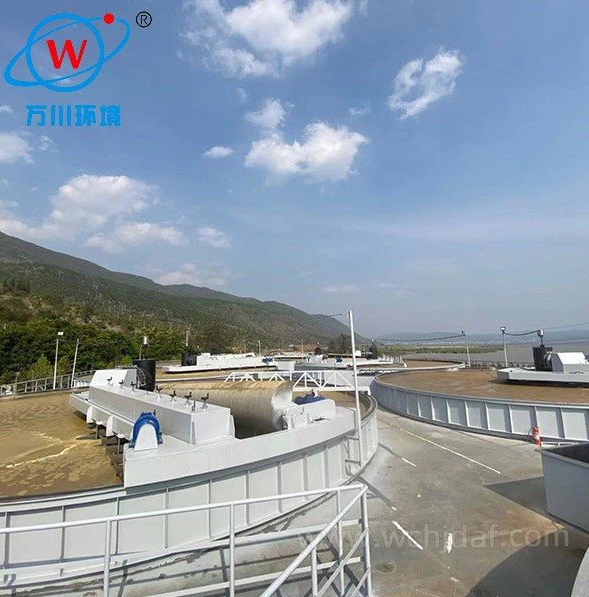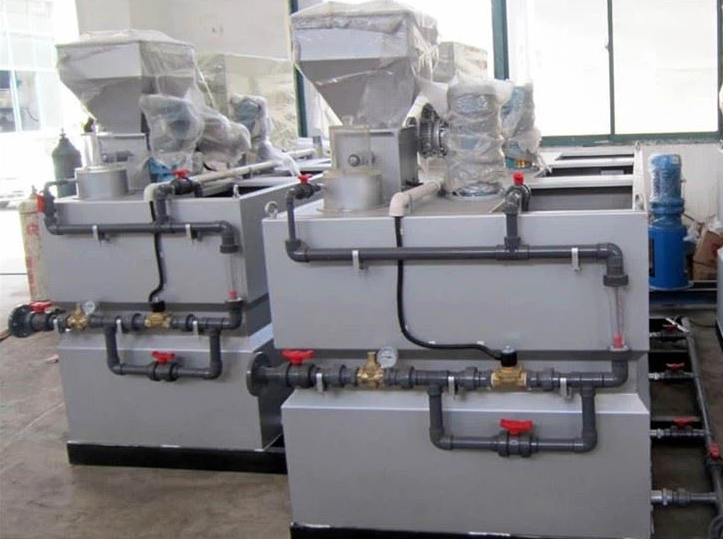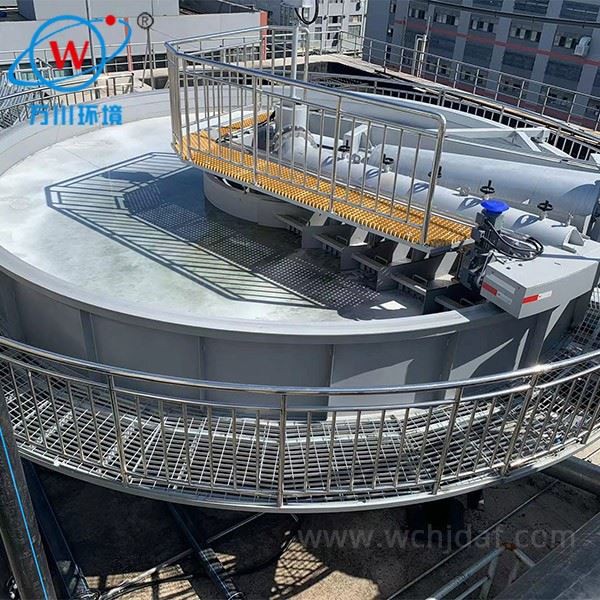WG Type Mud Scraper Service Life Factors
The service life of WG Type Mud Scraper is affected by the material, working conditions and maintenance frequency, and will show obvious differences under different use conditions.
The material of the core load-bearing structure directly determines the basic life of the equipment:
- Equipment made of A36 carbon steel has a longer service life in mild water environments like municipal sewage treatment plants with regular rust-proofing
- Models made of 304 stainless steel show improved corrosion resistance in chemical park environments with acid-base sludge
- Composite components (GFRP) have longer indoor life but require sunshade protection outdoors against UV aging
A stainless steel load-bearing frame in a chemical plant maintained structural integrity for years when continuously treating sulfur-containing sludge, demonstrating the importance of material selection for specific conditions.
Material Factors
Selection of appropriate materials (carbon steel, stainless steel, or composites) based on the working environment significantly impacts longevity.
Wear Conditions
The nature of sludge (municipal vs industrial with sand/gravel) affects scraper wear rates and replacement frequency.
Maintenance Practices
Regular cleaning, calibration, and seal replacement prevent premature failures and extend equipment life.
The wear rate of vulnerable parts such as scrapers is closely related to the nature of the sludge. When treating municipal domestic sludge, ultra-high molecular weight polyethylene scrapers can be used for a long time; when treating industrial sludge containing sand and gravel, the scrapers wear faster and their life is shortened.
A mining wastewater treatment station experienced premature drive motor failure because worn scrapers weren't replaced timely, demonstrating how component wear can cascade into system failures.
The degree of refinement of daily maintenance has a significant impact on the life. Users who have established a complete inspection and maintenance system generally have longer equipment life than users with extensive management.
Key maintenance practices that extend service life:
- Weekly cleaning of sticky sludge on the scraper to reduce mechanical wear
- Regular calibration of chain tightness to reduce drive system failure risk
- Timely replacement of aging seals to prevent corrosive liquid penetration
- Controlling operating load within reasonable ranges to delay fatigue aging

